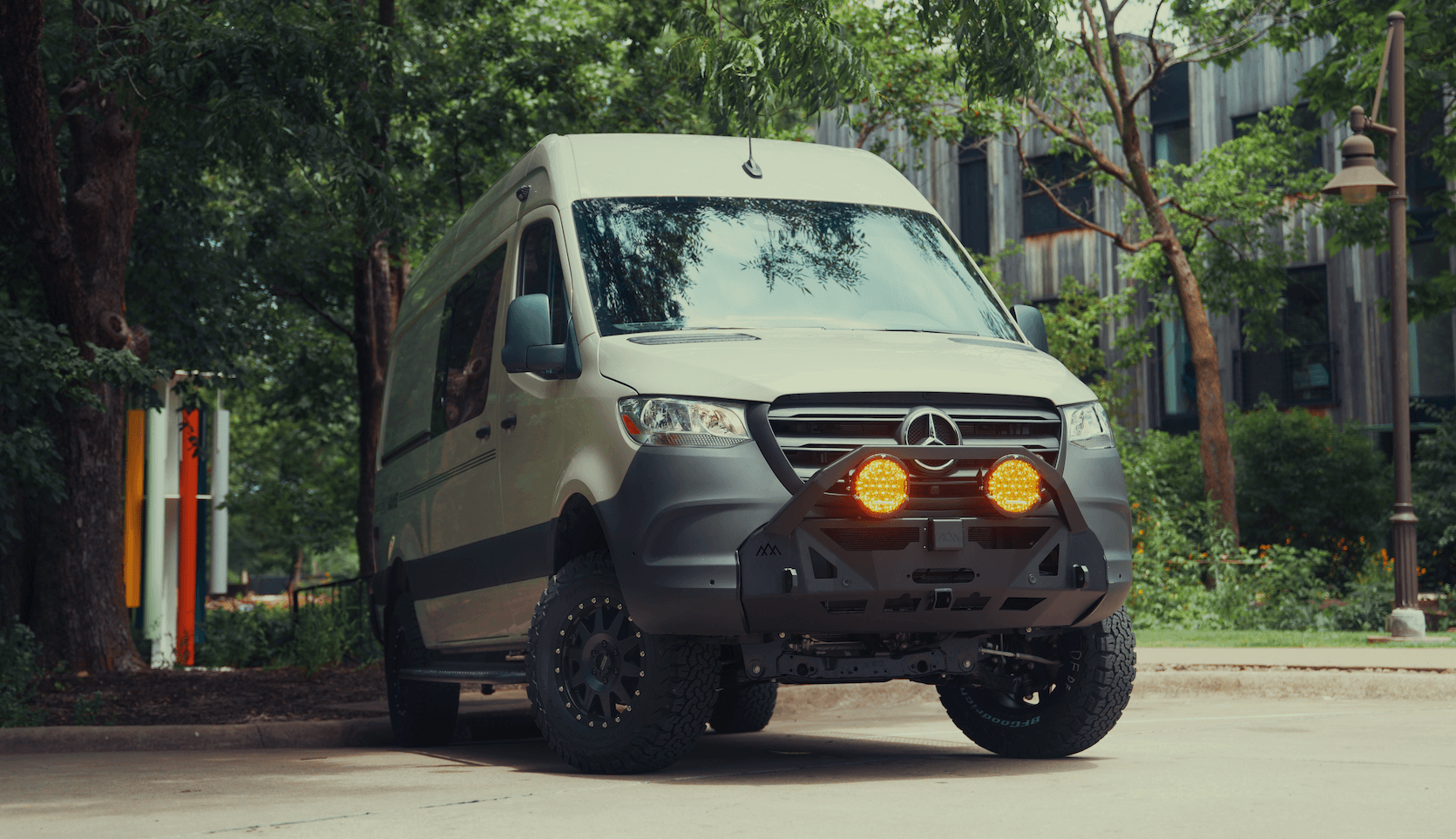Recreational Vans

A composting toilet manages waste without a water flush. Most mobile ready models separate liquids from solids to keep moisture low and stop anaerobic conditions. The solids chamber receives a carbon rich cover material such as coco coir or peat moss to balance nitrogen. A steady trickle of air from a small fan encourages aerobic microbes that keep odors in check.
During use, liquids are directed to a bottle or plumbed tank. The solids mix is lightly stirred to add air and blend cover material. Think of it as a tiny forest floor where carbon and air do the heavy lifting. When moisture and airflow are right, the system smells like soil rather than a holding tank.
Separation is the backbone of a composting toilet in motion. Diverting urine limits moisture and salt in the solids bin, which helps beneficial microbes thrive. A correct seat geometry guides liquids forward and solids down, reducing cross contamination and odor.
Aerobic conditions require oxygen and a carbon ratio that tempers ammonia. A small stir after each use adds air while the cover material acts as a sponge and filter. If you ever notice ammonia, add more carbon and check airflow. If you notice musty smells, reduce moisture and increase ventilation.
Most compact units use a 12 volt fan that draws very little power, often less than a watt. The fan pulls air through the solids bin and out a sealed vent to the exterior. A short and smooth vent run reduces resistance and keeps the cabin neutral or slightly negative at the toilet, which is what you want for odor control.
The best installs treat the composting toilet like a small appliance. It needs power, a dry air path, a removable liquids bottle or drain, and service access. Cabinets should lock the unit in place while allowing the seat to open fully and the bin to be removed without disassembly.
A straight exterior vent with few bends keeps airflow reliable. Use rigid or high quality hose, sealed joints, and a weather protected exit point. Some builders add a bug screen and a drip loop to manage condensate. Keep the fan upwind of living space zones to avoid drafts where people sit or sleep.
Plan for knee and elbow room as well as door swing. Leave clearance for the churn handle or internal agitator if equipped. Consider a modest lip or tray to catch stray cover material when loading, and add a quiet latch for travel days.
Warm moist air can condense in cool vent sections. A gentle rise to the exit, a short run, and a drainable low point reduce moisture buildup. Insulated duct or a sun shaded exterior run also helps keep the flow steady.
Solids from a composting toilet are not finished compost after short mobile use. Bag the material and dispose of it per local rules, the same as pet waste in many jurisdictions. Urine can be diluted and disposed of where permitted, or poured in a standard toilet at a proper facility. Wash hands and surfaces routinely, and sanitize bottles between trips.
Daily routines are simple when the setup is dialed in. Add a handful of dry carbon after each solids event, keep the vent fan on, and empty liquids before it is full. The system rewards consistency with a neutral smell and easy service.
Service intervals depend on crew size and travel style. A couple on weekends may empty the solids bin every few weeks while full time travelers may do so more often. Keep a spare charged bottle for liquids and store extra coco coir bricks in a dry locker.
Odors come from moisture and anaerobic pockets. Stay ahead with separation, a constant fan, dry cover material, and regular stirring. If guests are onboard, post a tiny reminder that liquids go forward and solids get a scoop.
Empty before the bin is compacted. A light, fluffy texture means air is present. If the mix gets soggy, add more dry carbon and check for vent restrictions. Wipe the bowl with a small spray of vinegar and water to keep surfaces clean.
Do not turn the fan off when parked. Do not overwater the mix with wet wipes or cleaners. Do not route the vent into a wall cavity or under the floor without a sealed exit. Keep replacement gaskets and a spare fan on hand for long trips.
Building a van or RV bathroom around a composting toilet is about more than bolting a box to the floor. It is about cabinetry, airflow, power, and service access working together. If you want a professional install in a purpose built rig, explore our Recreational vans to see how a complete interior comes together. For one off cabinetry, sealed venting, and electrical integration, our Custom van build team can design the bathroom to suit your travel style. If you prefer a platform that finances, review our Mainstream vans to find a starting point.
When you are ready for a clean, low odor composting toilet that just works off grid, OZK Customs will engineer the entire bathroom system around it. We integrate power, venting, cabinets, and storage with the same care we give to the galley and bed. Share your trip goals and we will map the build from day one.
Ready to add a composting toilet to a purpose built adventure van? Our team designs ventilation, power, cabinetry, and service access around the unit you prefer. Tell us how you travel and we will build a clean, odor free bathroom that works off grid. Start your custom plan today.
ADDRESS:
6159 E Huntsville Rd, Fayetteville, AR 72701
PHONE:
(479) 326-9200
EMAIL:
info@ozkvans.com